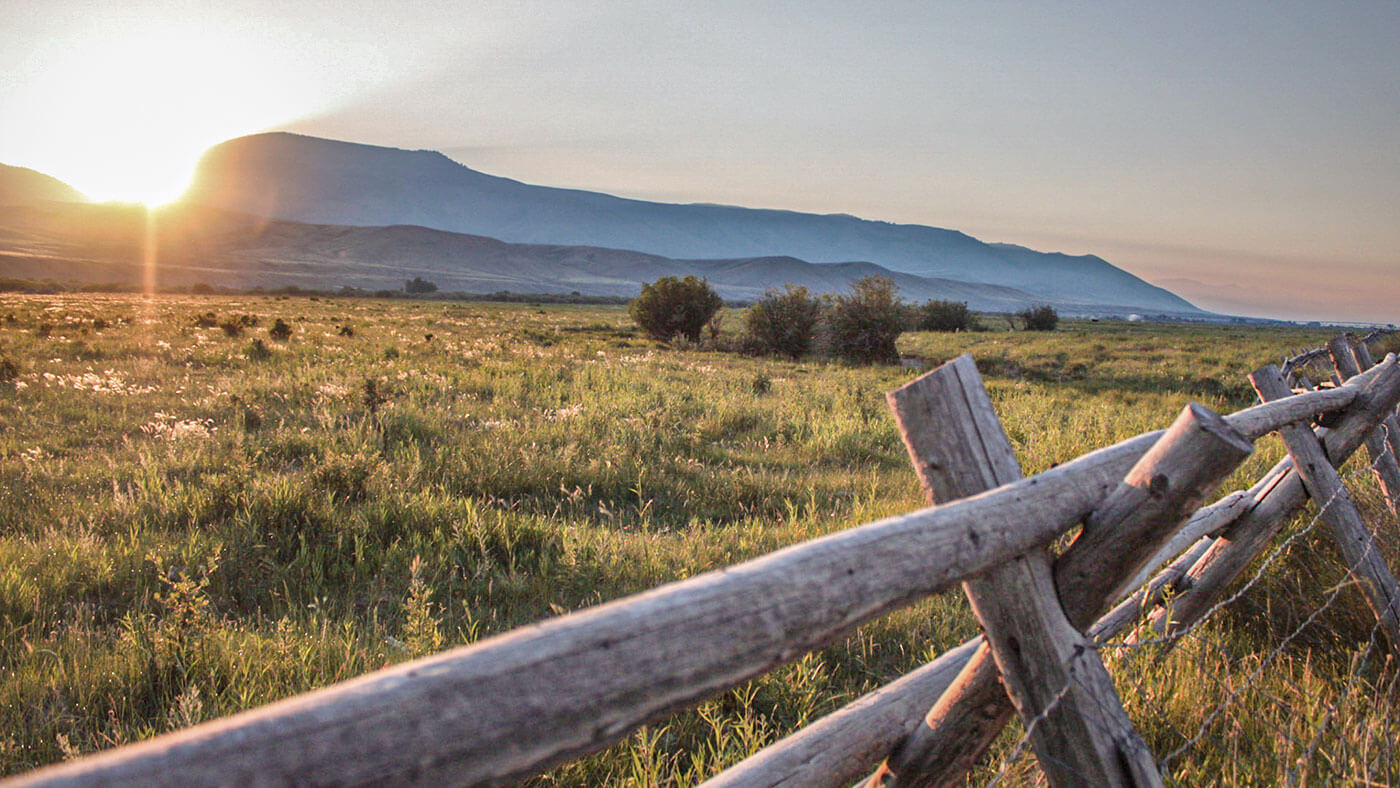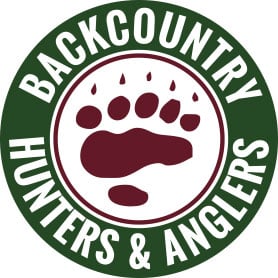- Savage Blog
- Not Cutting Corners: Accessing Public Land for Hunters
Not Cutting Corners: Accessing Public Land for Hunters

With millions of acres of corner locked land, accessing public land in the West by corner crossing is a modern issue with huge implications for hunters.
“I’ve been working on the railroad, all the livelong day” is the reason why four hunters in Carbon County, Wyoming, were cited for criminal trespassing in the fall of 2021 after successfully punching their tags on a square of public land "corner locked” by private lands in the Elk Mountain Ranch.

The hunters accessed these public lands with a handmade ladder, crossing from one corner of public land over two corners of private land into another corner of public land. They never touched those private lands.
There are a lot of these corners in the West: 8.3 million acres worth, actually, according to a report on landlocked public lands by onX, a Montana-based mapping company. So the fight at this Carbon County Ranch isn’t just a one-off. In fact, it could impact our ability to access a huge swath of public lands and change the game when it comes to hunting, crowding and a whole mess of other public lands access issues.
To quote BHA member and Wyoming legislative lobbyist Sabrina King, “Corner crossing is an incredibly important issue to and for hunters, and for good reason. So much public land in Wyoming, and across the western U.S., is checkerboarded or otherwise only accessible by stepping across a corner. At BHA, we believe that an issue as monumental as corner crossing – and access to public lands in general – deserves a proactive, comprehensive solution.”
To that end, we at Backcountry Hunters & Anglers have filed an amicus brief in the high-profile public access case concerning these four hunters from Missouri, a case that the U.S. District Court for Wyoming is expected to hear this summer. The ruling Iron Bar Holdings vs. Bradly Cape et al could help establish the legality of how those hunters accessed those public lands: “corner crossing,” the act of stepping from one corner of a parcel of public land to another.

Public lands can be inaccessible due to being “landlocked,” surrounded by private land on which there is no easement, public road or public trail. Wyoming leads all Western states with 2.44 million acres of “corner-locked” land. Which brings us back to the railroad song.
After the Civil War, the U.S. federal government was trying its hardest to build a means of transportation from the East Coast to the West Coast for goods, people, and all the things our modern interstate system does except by steel rail. One of the incentives the government put out to the group of railroad companies were land grants: Essentially, they gave massive chunks of land to railroads on either side of their line as it ran through the western portion of the country. The way they dispensed those lands looks like hopscotch: public, railroad, public, railroad, alternating on either side of the rail line.
“The completion of the transcontinental railroad shortened a journey of several months to about one week. Congress eventually authorized four transcontinental railroads and granted 174 million acres of public lands for rights-of-way [emphasis added],” according to the National Archives.
That style of land management, codified by the Pacific Railroad Act of 1862, made those hopscotching one square mile chunks the name of the game for much of the West. But it also has made corner crossing a modern issue, even if it has roots in something that happened 150 years ago, because a majority of the “corner-locked” lands, 5.98 million acres, exist thanks to land grants given to railroad companies to encourage them to build westward lines, according to onX’s report.

“A landowner with half the ownership of a corner does not have the right to restrict public access by the owner of the other half of the corner – namely the federal government, and by extension, the people of the United States of America,” said Land Tawney, BHA president and CEO.
“BHA members rely on access to public lands and waters to pursue our passions,” Tawney continued, “and thus we are deeply invested in resolving the issues surrounding corner crossing.”
BHA’s Wyoming chapter has risen to defend the four hunters, raising funds – currently more than $115,000 – for their legal defense. Thousands of BHA members and supporters likewise have pledged their support for corner crossing and the ability of members of the public to legally access U.S. public lands.
Join the fight for your public access!


